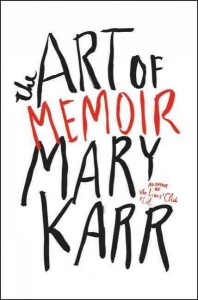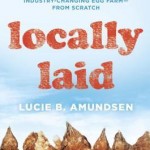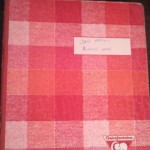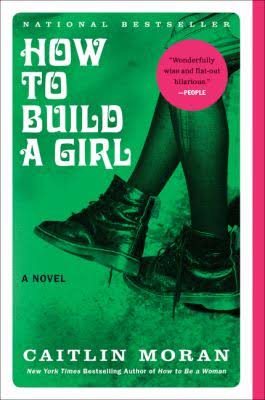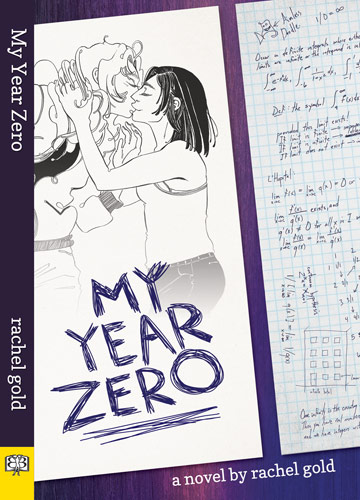Two Movies Based on Books: Why You Should See A Wrinkle in Time and Skip Ready Player One
April 2nd, 2018I wish I had time to do a detailed reasoning of why I think you should see Ava DuVernay’s adaptation of Madeline L’Engle’s A Wrinkle in Time and not bother with Steven Spielberg’s adaptation of Ernest Cline’s Ready Player One. But alas, life, and thus, I will make this quick and to the point. Also, spoilers.
I’ve read both books, multiple times, most recently reading Ready Player One aloud to my boys. Wrinkle in Time was one of my earliest favorite books. I strongly identified with auburn-haired, glasses-wearing, braces-sporting awkward angry Meg Murry. Only when I read the book as an adult and a friend of mine read it for the first time and commented on how annoying Meg was could I acknowledge that she’s not a well-developed character, and the plot is kind of wander-y. But the book Wrinkle in Time is still a solid one, for me. It’s an action adventure story with three kids helped by three mystical adults to save Meg’s father, themselves, and ultimately the universe. The book shoots for the stars, doesn’t reach them, but is fun in the trying.
Ready Player One, though, is a confection of a book. It’s boy wish fulfillment, about a geek boy named Wade who wants to live life in the virtual Oasis that’s been designed by his dead hero, who littered it with geeky Easter eggs from the 80’s and who after his death has Willy Wonka’d up a contest to win the candy factory. Oasis. Along the way Wade falls in love with a gamer girl whose tough woman warrior avatar is named Art3mis, but who is ashamed of her real life appearance because she has a large birthmark covering half of her face and she thinks she’s fat–at 165. Yes, I know it depends on how tall she is, but I don’t think it’s a stretch to say the book doesn’t have a progressive take on women’s body acceptance. In the end, she convinces Wade that he should care about what’s in the real world, and not just buying a mansion.
My family and I saw the movie for Ready Player One on the day it opened, at a matinee so not at full price. The movie makes a lot of departures from the book, which my 12yo, a literalist, took issue with. I didn’t. I was glad to swap the D & D module for the classic horror film for example. But it took out some of the horror of the book that would have grounded the story more, like a violent murder and the extent of the environmental damage. It gave Art3mis only a faint, small birthmark and she did not weigh anything like 165 pounds. Her avatar was girly, with big eyes that I don’t think a tough gamer chick would pick for herself. Glen Weldon, in his NPR review notes
She’s no Manic Pixie Dream Girl, thankfully, but she is only the latest of a growing number of similarly broad, similarly idealized female characters — the Flinty Badass Dream Girl? — to turn up in recent movies. That’s … akin to progress, I suppose. Progress-adjacent.
Sorry, but I don’t think it’s progress adjacent, though that phrase is hilarious and awesome. She’s a simplistic male fantasy, shown most obviously when she tells Wade he’s the superior egg hunter, and throws her support behind him without giving any reason.
The best part of the movie, to me, was the inclusion of Lena Waithe at Aech, with a hyper masculine avatar put forth by queer black woman. The queerness was only hinted at, which was a drag, and s/he was not in nearly enough of the movie, but Aech stood out as the most charismatic gunter of them all, and I would have loved to see more.
The whole movie is a nod to geek game culture, and while that’s fun, as with the character of Aech, I wanted more. I didn’t want just a boy fantasy where he gets the prize and the girl in the end. I wanted it to critique interacting online versus IRL, and how environmental collapse is leading us to scary places. So the movie adapts a flawed book, replicates its over-reliance on virtual reality, doesn’t critique gamer boy culture, got middling reviews, and yet won the box office.
Compare that to the movie A Wrinkle in Time, which also got middling reviews, but was savaged as a failure in more than one publication. This piece at Insider laid out why it was a failure, but I’m irritated that it was called a failure, when it made over $33 million and was second only to the juggernaut that is Black Panther. NOT A FAILURE.
Wrinkle in Time, as most of the reviews note (I like this one by A.O. Scott at the New York Times) all acknowledge that it was ambitious. But as Scott notes, there were great things about it, not just the diversity of the cast:
the diversity of its cast is both a welcome innovation and the declaration of a new norm. This is how movies should look from now on, which is to say how they should have looked all along.
Wrinkle in Time, unlike Ready Player One, handily passed the Bechdel test, and its variations with non-white players. But like Ready Player One, it took a flawed book, adapted it, made some good calls in the changes (the diverse cast, no IT as a pulsing brain) and some not so good ones (no Aunt Beast, Reese Witherspoon as a flying cabbage). Calvin was reduced to a Meg cheering section, which would have been unacceptable if their genders were reversed, and the plot had some big gaps.
Nonetheless, in the end, I felt more love and affection for Wrinkle than I did for Player. Wrinkle, the book and movie, shot BIG: it was about the struggle for good and evil in the world, and how each person can join and fight in it.
Player, was a boy adventure, set in the non-real world. Wrinkle went big, Player went small, and in the end, though they both were ambitious and expensive and missed the target, I recommend one and not the other.
Please, go see Wrinkle in Time. Lift up that box office. See Ready Player One if you must but I wouldn’t pay full price; it’s only OK. You can wait to rent it. But I’ll be buying the blu-ray of Wrinkle in Time when it comes out. We need more movies like Wrinkle in Time, and fewer Ready Player Ones. It’s that simple to me.
